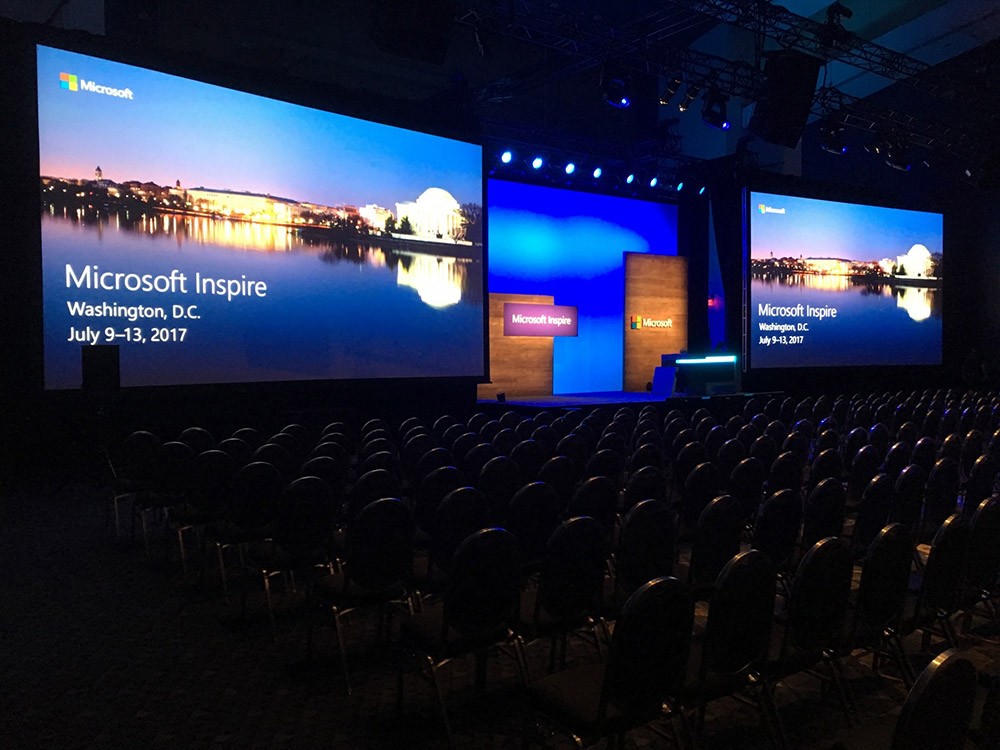Exploring the Diverse Integration Solutions Available for Light Emitting Diode Wall Panels
Exploring the Diverse Integration Solutions Available for Light Emitting Diode Wall Panels
Blog Article
Light Emitting Diode wall panels have secured traction for their capacity to deliver high-quality visuals in various settings, from corporate environments to event venues. One of the most significant aspects of these panels is their interface capabilities, which allow users to connect them to multiple devices and systems. Understanding the diverse input options supported for Light Emitting Diode wall panels is vital for maximizing their use and effectiveness. This article explores these features, showcasing how they can cater to various needs and preferences.
One common interface method for Light Emitting Diode wall panels is HDMI. High-Definition Multimedia Interface is broadly recognized for delivering crisp video and audio signals between components. This interface type is particularly beneficial in business settings, such as meeting spaces or training rooms, where presentations or video content are often shared. By using digital connectors, users can easily connect laptops, projectors, and streaming equipment to LED wall panels, guaranteeing a sharp and vibrant presentation of information.
Another popular interface method is DisplayPort, which is similar to High-Definition Multimedia Interface but offers additional advantages. Display Port can support higher refresh rates and resolutions, making it an ideal choice for interactive media or graphic-intensive applications. For those using Light Emitting Diode wall panels in settings where performance is critical, such as competitive gaming venues or creative workspaces, DisplayPort can provide the necessary visual clarity. Moreover, many modern computers and graphics cards feature DisplayPort connections, making it a practical solution for tech-savvy users.
In contrast to High-Definition Multimedia Interface and Display Port, cordless connectivity options are becoming increasingly common in Light Emitting Diode wall panel technology. Wireless connections allow operators to share content without the requirement for physical cables, enabling click a streamlined and more adaptable setup. Technologies such as Wi-Fi and short-range communication allow users to link smartphones, tablets, and laptops directly to LED wall panels without tangled wires. This versatility is particularly advantageous in dynamic environments like trade shows or live functions, where rapid adjustments to displays are often required.
For larger installations or more complex configurations, LAN integration through wired networking is another viable option. Ethernet connections provide a consistent and robust way to integrate multiple Light Emitting Diode wall panels within a network. This setup is ideal for electronic display use cases found in retail centers or transport hubs, where numerous panels may need to display synchronized content across a wide area. By using Ethernet cables and routing hardware, operators can guarantee that all linked panels receive consistent updates and information look at this website seamlessly.
Lastly, it's important to evaluate the evolution of interface technology with advancements such as USB-C and Thunderbolt Three. These newer connection types offer increased data transfer speeds and versatility by allowing one cable to handle both energy transfer and data exchange. As more systems incorporate these protocols, Light Emitting Diode wall panels equipped with Type-C ports will likely become more common. This evolution in connectivity not only enhances the functionality of LED wall panels but also aligns with the growing trend of minimalism in technology setups by minimizing the number of wires needed.
In summary, examining the broad interface methods accessible for Light Emitting Diode wall panels uncovers many opportunities for operators across multiple industries. From traditional methods like HDMI and DisplayPort to contemporary wireless solutions and network connections, each option serves unique purposes tailored to specific needs. Additionally, emerging technologies like USB-C promise further advancements in how professionals utilize Luminescent Diode wall panels. By grasping these integration alternatives, end-users can make strategic selections that optimize their overall engagement with these versatile display tools.